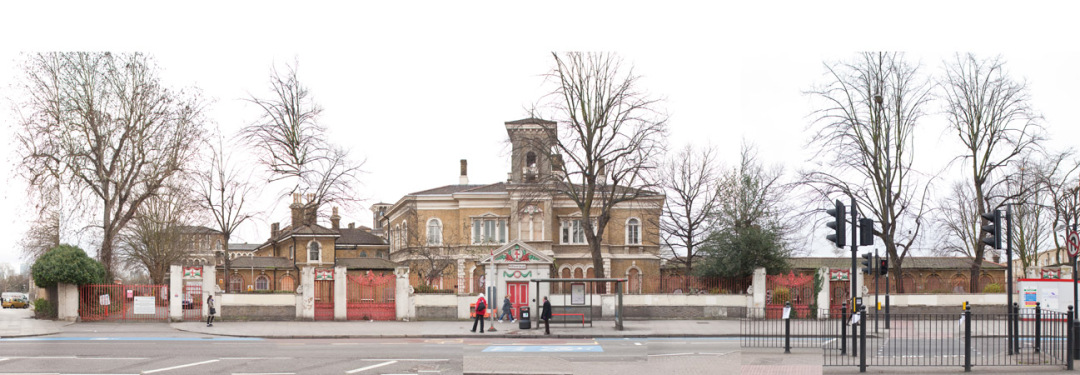
St. Clements Hospital
http://www.eastlondonclt.co.uk/
The St. Clements project itself is quite simply the redevelopment of a former hospital site into a mix used area dominated by housing. The main development partners are Galliford Try, a developer, and Peabody Trust, a large housing association.
What makes the development special is the inclusion of about 20 homes developed for the East London Community Land Trust. This organisation aims to bring back land into ownership of local communities with the goal of keeping house prices low.
ELCLT has been campaigning for community-owned land in East London since the early 2000s, yet the St. Clements hospital site is the first site they are actually building on. They were officially rewarded the land in 2012. ELCLT became the owner of the whole site, with Peabody and Galliford Try as leaseholders (meaning only a home, not the land will be sold to new owners). Homes built for ELCLT will be made available for members of ELCLT and sold at an estimated price of half the market price in East London.
The development process has been inclusive – with in total over 500 local people involved in workshops during the bid development and masterplanning stage. Even more locals have been engaged with the site through the Shuffle summer and winter festivals, taking place in the historic yet dilapidated buildings on site.
Key-actors
East London Community Land Trust – community housing developer
Galliford Try – Housebuilding and Construction Group
Linden – Housebuilding and Construction Group
GLA / Mayor of London – Land owner
Peabody Trust – Housing association
John Thompson and Partners – architects
Oak Foundation – funder of ELCLT
Role of design
Community design is absolutely central to the process. As the ELCLT says on their website: “If local people aren’t involved in the design process then the expertise of the local area are not capitalised on and people feel alienated by the entire process, often resenting any form of change that is being proposed. It is their home – they deserve their say.”
In the bidding phase, ELCLT held twelve workshops in the wider area of the site, with over 250 people participating. The outcomes of the workshops formed the basis of the design that was part of the bid.
In the next phase of masterplan development, the community was again asked to deliver input, this time on specific design ideas. The masterplan’s architect, John Thompson and Partners, delivered a range of design workshops with over 350 participating. Many of the ideas contributed by local residents were included in the definite masterplan.
CONTACT (of the editor)
Robin Houterman – Organization: Clear Village – Email: robin@clear-village.org